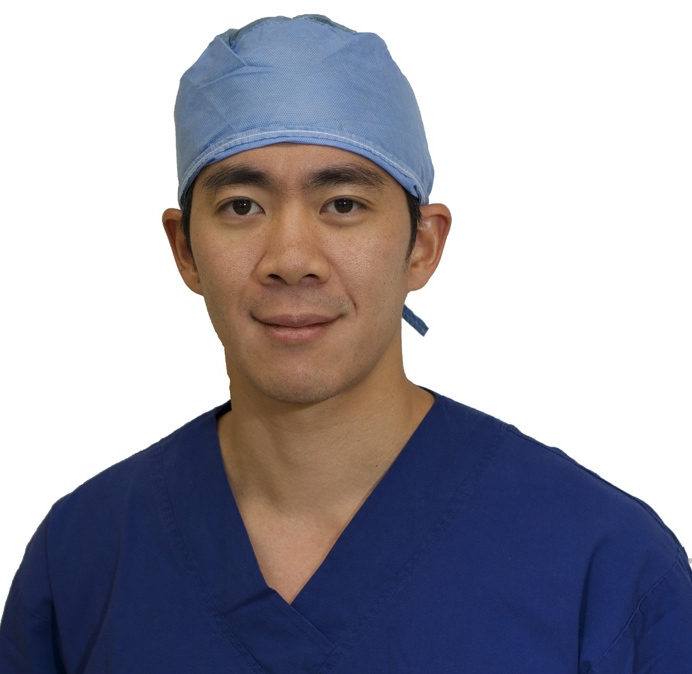3D Technology
Accurate 3 dimensional scanning allows pre-operative planning to occur & modifications to be made before the operation has even begun. Technology identifies deformities & corrections that need to be made BEFORE surgery.
Corrects leg alignment
Pre-operative CT creates a 3 dimensional image of the alignment of the Hip, Knee and Ankle – allowing small adjustments to be made to align the knee in the optimum position. A kinematic alignment is used to match pre-arthritic angles.
No Rods Inserted

Step 1
Step 2
Step 3
Step 4
Ask us about Total Knee Replacements here:

Dr Chien-Wen Liew has trained locally and internationally in Patient Specific Technology for Total Knee Replacement Surgery. He has a special interest in improving the alignment of total knee replacement surgery and strives to achieve excellent results through pre-operative planning, and 3D scanning technology.
Dr Liew operates and consults from various locations throughout South Australia and is a Private Orthopaedic Surgeon at Orthopaedics 360. For any enquiries, please contact (08) 7077 0158
Consulting from:
- Orthopaedics 360 – 94-96c Fullarton Road, Norwood
Operating from: Calvary Adelaide and St Andrews Hospitals
Frequently Asked Questions
What is the conventional/traditional method of performing a TKR
Using Patient Specific Technology, the technique above is very different. The rods are not inserted into the bones, as the exact angles have been determined prior to surgery. This allows customised jigs to be placed onto the knee to make the cuts, and does not rely on any of the potential for human error when judging the knee alignment.
Both methods perform well, and it is up to the individual patient and surgeon to discuss what method is best for them. All patients are encouraged to seek multiple opinions from previous patients, doctors and friends, in order to choose how they would like their knee replacement performed.
Do I need a Referral
Do I need Private Health Insurance?
Private Health Insurance is generally required to see Dr Liew. A standard hip or knee replacement operation costs between 25,000-30,000, most of which is covered by Private Health Insurance.
What Should I wear and bring to my first appointment?
- GP Referral letter
- Private Health Card and Medicare Card
- Wear Loose pants or shorts.
- Recent X-rays and relevant scans of your knee (Should be weight bearing)
Thankyou for visiting this website. Please note that the information held within this site and on this page are for educational purposes only. Please consult your doctor or health professional always prior to considering any medical therapy or intervention. If you notice an error on this site, please use our contact form to let us know so we can rectify any issues. All information and graphics on this site are the property of Sempire Designs.
